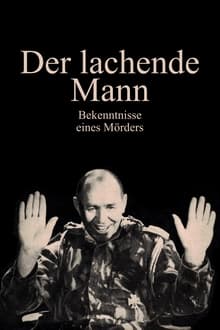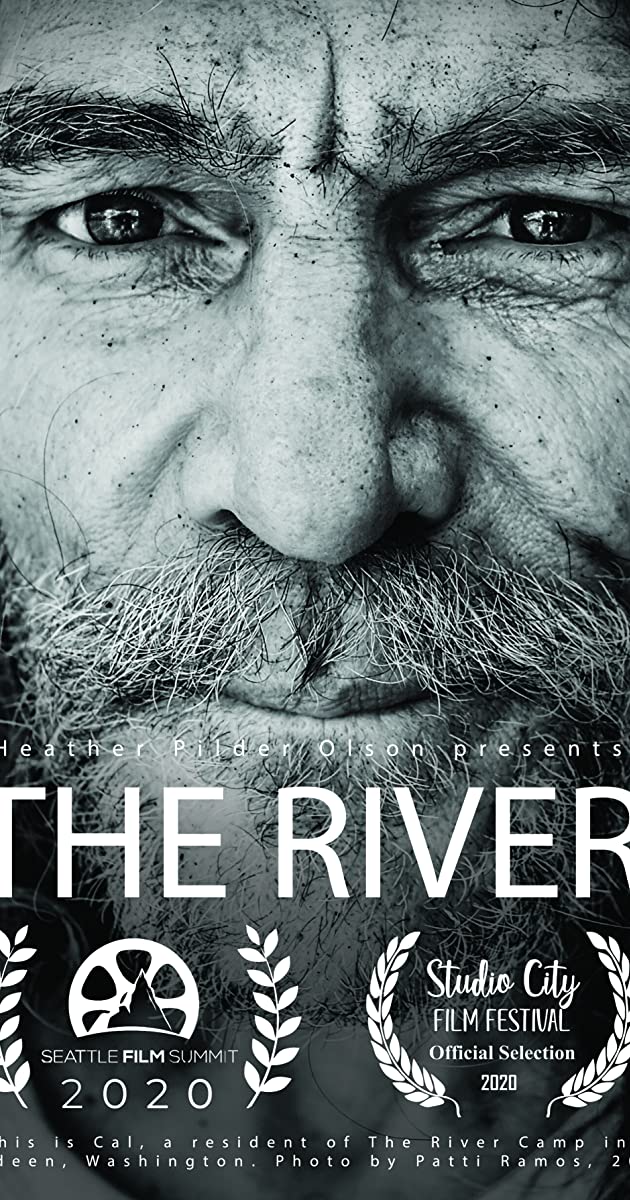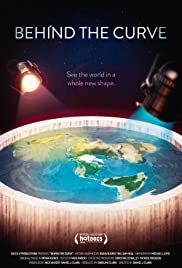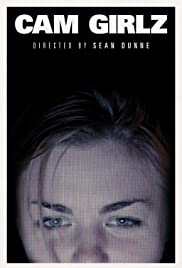
Steve Wraith had a fascination with the Krays, and after writing them letters Reg took an instant liking to him, even requesting Steve visit with his brother Ron, in Broadmoor. They would go on to ask Steve to take over their business interests in the outside world. As it turned out, this was an exercise in trust, grooming him, as what came next was a stark lesson in just how terrifying the Krays could be, even behind bars.
You May Also Like

This documentary offers a portrait of the photographer Sergio Larrain based on the mark that he left during the course of his existence: photographs, testimonies, philosophical texts, and in particular, thousands of letters that are the gateway to his inner world and the mysteries of his life and work.

Continually smiling or laughing, this man, a self-acknowledged Nazi, proudly reveals that he went to the Congo to save Western civilization from Bolshevism — to complete the work of the Nazis. Dressed in his military jungle uniform (with his Second World War decorations) he waxes eloquent about the “colors” of South Africa, “explains” apartheid, and freely discusses his “adventures”. Shots of corpses, tortures, and executions of Blacks are intercut. It is not often that one can see and hear a real, “live” Nazi in action, talking (more or less) freely because he presumed him-self to be among friends instead of with two of the most cleverpolitical propagandists of our time, working for the other side.

The Unbookables is a narrative documentary about stand-up comics who have spent their careers pushing limits–on stage and off. Relegated to small venues and touring in a crappy van through the Midwest they careen between the desire to succeed and the reality that there may be nothing left to lose. Road life is far from glamorous: comics come and go and cruel pranks and hard drinking punctuate their obsidian dark comedy on stage. They succeed and fail-spectacularly. When they face being fired for going too far on stage, the conflict culminates in a showdown: compromise or double down?

The River is a documentary about how communication and purpose play into the success and failures of managing the homeless encampment in Aberdeen, Washington.

The film evolves around questions of identity, popular memory and culture. While focusing on aspects of Vietnamese reality as seen through the lives and history of women resistance in Vietnam and in the U.S, it raises questions on the politics of interviewing and documenting.

Centuries ago, many cultures believed the Earth was a flat disc. As scientific thought and technology evolved, the Earth was revealed to be a globe, a view that’s widely accepted today—but not by everyone. The flat Earth movement has seen a recent resurgence. These conspiracy theorists deny the scientific model of the globe and join together through conventions, forums and online platforms to discuss their belief system. On the other end of the spectrum, the scientific community aims to counter this resurrected myth, resulting in an ever-growing public battle of conspiracies and anti-intellectualism. Giving a well-rounded look at all sides of the debate, Behind the Curve shows that no matter where you stand on this issue, the conversations and people around it are anything but flat.

An in-depth exploration of the various reactions by the French people to the Vichy governmentandapos;s acceptance of the German invasion.

Cam Girlz enters the world of webcam sex workers who find economic freedom, empowerment, intimacy and creative self expression from the comfort of their own homes.

Political film essay in which events happening around the Mediterranean Sea are compared to the myth of Icarus.

One can see them from distances up to 30 km: like a mumbling, bubbling volcano, ready to erupt, a glowing cloud rises from the earth. This is how one can experience the Victoria Falls at sunrise. Locals call this: “The smoke of thunder”.

Like millions of indigenous people, many Native American tribes do not control their own material history and culture. For the Eastern Shoshone and Northern Arapaho tribes living on the isolated Wind River Indian Reservation in Wyoming, new contact with lost artifacts risks opening old wounds but also offers the possibility for healing. What Was Ours is the story of how a young journalist and a teenage powwow princess, both of the Arapaho tribe, travelled together with a Shoshone elder in search of missing artifacts in the vast archives of Chicago’s Field Museum. There they discover a treasure trove of ancestral objects, setting them on a journey to recover what has been lost and build hope for the future.